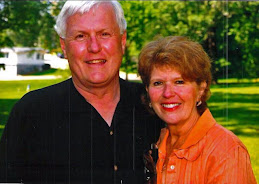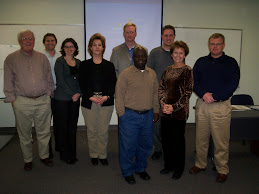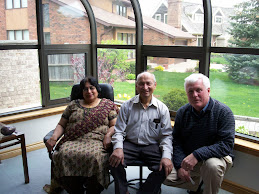Wisconsin State Journal, December 13, 2002
To Get Better Teachers Modernize School Structures By Paul Rux (Rux, of Middleton, holds a Ph.D. in educational administration from UW-Madison and an M.A. in educational theory from the University of Toronto. He is president of SchoolServ Inc., a consulting group, and teaches for Keller Graduate School of Management, Milwaukee.)
There is constant talk about how to recruit our "brightest and best" for careers in K-12 teaching. The usual bromides include higher wages and lower licensing standards. Such quick fixes do not correct two key K-12 career flaws: job boredom and wage barriers.
Our K-1 2 schools are in part the result of a farming economy, which created local school districts. Districts coincided roughly with how far you could travel with a horse, buggy or wagon in one day. As a result, teachers work for school districts, which are rooted in the Agricultural Revolution, not the Information Age. If teachers leave these horse-and-buggy districts, they receive no or little pay for their experience in other school districts.
Who would want a K-12 teaching career when Americans now move every three years, on average? For example, when my sister left northern Wisconsin, where she had 15 years of teaching experience, to relocate to the Madison area, she got credit for just five years of teaching experience. When dentists move, they do not go backwards on a farm-based pay scale left over from "Sleepy Hollow." K-12 teachers do.
The second glaring flaw in K-12 teaching careers is the factory model that drives K-12 staffing. If the Agricultural Revolution gave teachers farm-based wage barriers, the Industrial Revolution gave them factory-like schools, where they stand on "assembly lines" and in effect teach the same grades over and over, day in and year out. This does not create job satisfaction when Americans on average will change careers six times.
If a K-2 teacher, for example, seeks to stay fresh by working with a YMCA or Big Brothers / Big Sisters - other forms of education - the factory approach to K-12 teaching perceives this as a career change, not career development to avoid boredom. The teacher who wants to avoid boredom must start over with pay and benefits. Doctors who switch career specialties do not take "career hits" for developing themselves. K-12 teachers do.
Sociologist Richard Florida describes how today's economy thrives because of the rise of a new "creative class" ("The Rise of the Creative Class," Basic Books, 2002). It now makes up about 30 percent of our workforce. The "creative class" designs and redesigns products and services at "the speed of thought," to borrow a phrase from Bill Gates ("Business @ the Speed of Thought," Time Warner, 1999). Its members, such as technologists, provide the competitive edge we need to survive in a global marketplace.
"Creative class" members move a lot to find new challenges and to burnish and acquire skills. When they move, they do not expect to go backwards in pay or benefits, as K-12 teachers now do. If we want our "brightest and best" to pursue careers in K-12 teaching, we need to structure K-12 teaching as part of today's new, highly mobile "creative class," not the assembly line or farm labor of yesterday. Just money is not enough now.
|
Xpert Strategic Foresight - Applied Research & Planning - Learning Designs
IMAGINEERS |









No comments:
Post a Comment